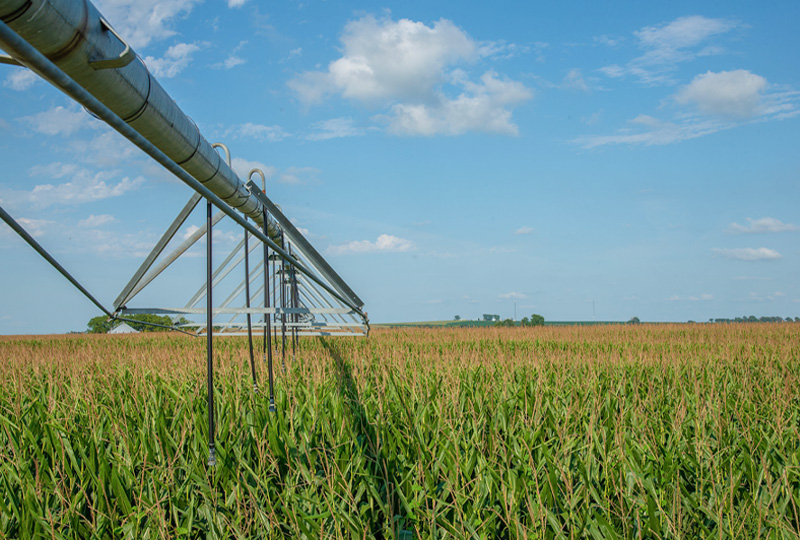Big Changes Ahead

The next year or so could be one of the most important times in the history of agriculture. This was the message delivered by BioScience Securities, Inc. President and Founder Sano Shimoda, speaking at the annual Mid America CropLife Association (MACA) meeting.
“We have a confluence of drivers that will restructure agriculture as we know it,” said Shimoda. “The opportunities will be unbelievable, but it will be a different ag market than today’s.”
During 2007, the ag retailer community experienced growth because of the incredible demand for ethanol leading to a significant increase in planted corn acres for the year (up 12 million acres from the 2006 totals). This accelerated structural changes in the agribusiness world, with greater technology adoption and more sophisticated biotech seed offerings becoming much more common.
“For ag input suppliers, higher crop prices combined with a focus on maximizing yield has incentivized growers to increase the use of all inputs to maximize net returns per acre, as well as reinvent farming practices such as the use of fungicides in corn,” said Shimoda.
Grower Shifts = Retailer Shifts
Starting in 2008, Shimoda believes market shifts will become more pronounced. He predicts farm consolidation will accelerate over the next five years with the survivors shifting their focuses from production/purchasing inputs to managing crop sales, risk management, and a greater use of technologies such as biotech seed and precision agriculture.
Within the broader ag market picture, these changes could serve as a catalyst for others such as more consolidation among basic crop protection product suppliers (with only three to four surviving) and more “aggressive” consolidation of Midwestern retailers. Among crop inputs, Shimoda predicts that crop protection’s current two-step distribution system (basics to distributor to dealer) will increasingly shift to a one-step process (basics to dealer). This could also give rise to a greater partnership-oriented relationship between basic suppliers and retailers in a sort of “franchise” model. Also, seed marketing is expected to shift from third-party/farmer-dealers to company representatives, with many of these located at the retail locations.
“Growers will be more cautious buying as they sharpen their pencils in terms of input purchases,” said Shimoda. “Basic suppliers will offer more competitive programs to minimize any fall in sales tied to lower corn acres.” This will likely translate into lower sales for both crop protection products and seeds compared with 2007.
Retailers could be drawn into the mix as well, he added, because of fertilizer costs, which have risen approximately 30% in the past year. “Dealers could have significant financial risks holding fertilizer inventories, due to fixed price commitments in the fourth quarter of 2007, and any fall in prices due to a shortfall in demand could be difficult to manage,” said Shimoda.
To survive this shake-up, Shimoda believes that dealerships will need to “reinvent themselves” as well. “Ag retailers will have to shift from only offering products to growers to building partnerships or relationships with them,” he said.






